The first thing you should know about the sowbug is that it’s not actually a bug at all. So-called sowbugs are actually a type of woodlouse, similar (but not identical) to a pill bug. Sowbugs are more closely related to shrimp than they are to ants or other pests. In fact, they’re the only type of crustacean that has adapted to survive on land. Like their seafaring brethren, sowbugs breathe through gills, which means having constant access to moisture is a matter of life or death!
Sowbugs aren’t dangerous, but they can be annoying and freaky… especially if you don’t know what they are. The best way to prevent sowbugs from taking up residence in your basement is to get to know what they want. Here’s everything you ever wanted to know (and then some) about sowbugs, including how to keep them out of your home:
What are sowbugs?
Sowbugs are rounded on top, flat on the bottom, and ovular in shape. They typically only measure about one centimeter in length. Their bodies are made up of overlapping plated segments that are usually dark brown in color. They’ve got seven pairs of legs and two pairs of antennae. Overall, adult sowbugs look a lot like pillbugs. Unlike pillbugs, sowbugs won’t roll up when they’re disturbed. Sowbugs also have two tail-like appendages in the back that pill bugs don’t have.
Above all else, sowbugs need to live in a moist, humid environment. The land-bound crustaceans can’t retain water inside their bodies. Instead, they need to immerse themselves in some level of moisture at all times to keep from drying out. Luckily, sowbugs also feed on organic waste, which tends to generate the humidity they need. The pests can thrive anywhere they can access humidity, darkness, and decaying plants or animals.
Why do they infest homes?
Sowbugs are scavengers. If they’ve infested your home, it’s because there’s something inside your home that they want. More often than not, that something is food or water. Sowbugs need darkness, high humidity, and decaying matter to thrive. If they’re in your home, they’re probably infesting garages, sheds, wood piles, attics, or basements. If you suspect you have sowbugs, start checking in the most humid area of your home. Chances are you’ll find them hiding nearby.
How do I keep sowbugs out of my home or business?
The best way to prevent a sowbug infestation is to take away the sources of their sustenance. Don’t let them find food, water, or shelter anywhere near you. Start with the most important thing sowbugs need: moisture. If you can make sure sowbugs can’t find a place to stay hydrated, they’ll have to find that place elsewhere. Here are a couple of specific steps you can take to help make your home a sowbug-free zone:
- Installing a whole-home dehumidifier. This is a drastic measure, but it comes with a wide variety of benefits. Whole-home dehumidifiers allow you to control the moisture levels in all areas of your home. You’re able to make your living space more comfortable for you and less comfortable for pests.
- If you have a garden or potted plants, use mulch that lets water pass through it easily. You want to keep water retainment to a minimum when it comes to mulch that helps prevent pests. Mulches that water easily passes through will keep the dampness levels to a minimum. Your plants will still be cared for, but they won’t drawn in as many pests.
- Repair leaking plumbing fixtures immediately. Repair toilet, pipe, or fixture leaks immediately. Pests like sowbugs find these moisture sources and flock to them.
- Clean out your garbage bins regularly. A garbage bin is the perfect place for a sowbug. It’s dark, humid enclosed, and frequently contains decaying matter. Rinse out your garbage cans after you empty them at least once a week to prevent build-up.
Sometimes you follow all the best tips and advice and still end up with a pest infestation. If that ever happens to you, all you have to do is call the team at Griffin Pest Solutions. Whether it’s sowbugs or any of Michigan’s many other pests, we’ve got you covered. Our integrated pest management plans remove current pests and help prevent future infestations, too.

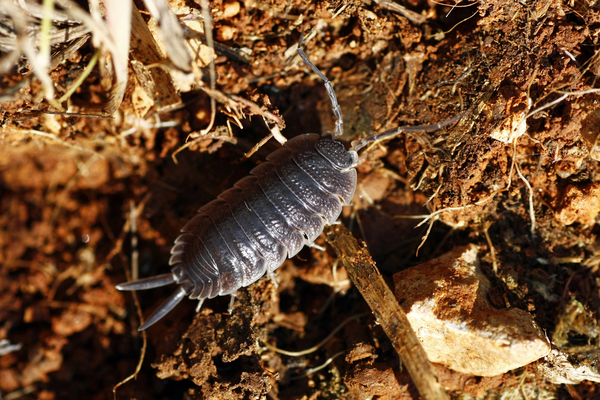
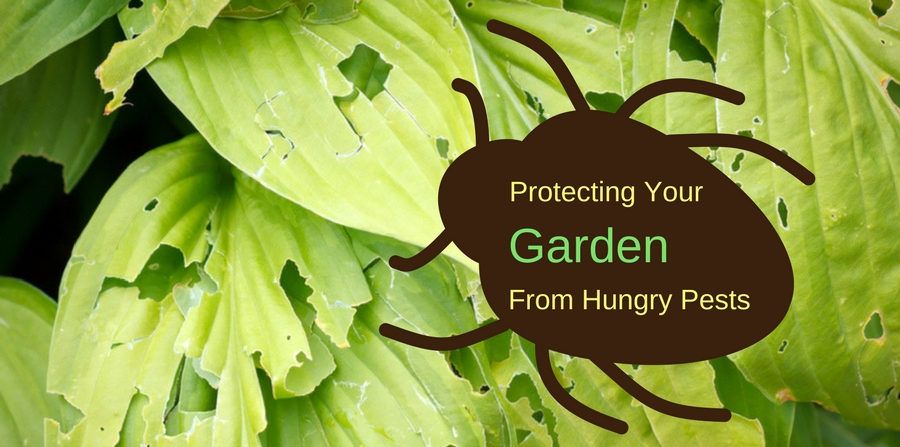
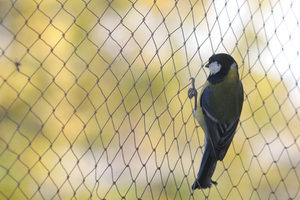 Obviously, bird netting was designed to restrict birds from accessing gardens, but it’ll work on other flying pests too. Bird netting is a relatively simple product you can find at most hardware stores.
Obviously, bird netting was designed to restrict birds from accessing gardens, but it’ll work on other flying pests too. Bird netting is a relatively simple product you can find at most hardware stores. 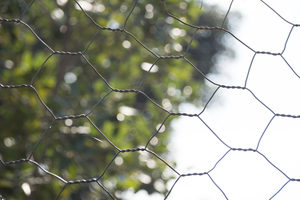 Chicken wire fencing works great for protecting against bigger pests. It’s simple, tough, easy to install, and it still lets sun into your garden. To start, get some chicken wire from your local hardware store. Make sure you get enough to build about a three-foot high fence around the perimeter of your garden. Give yourself an extra inch or so of wiggle room, because you’ll want the fence to protect against burrowing pests, too.
Chicken wire fencing works great for protecting against bigger pests. It’s simple, tough, easy to install, and it still lets sun into your garden. To start, get some chicken wire from your local hardware store. Make sure you get enough to build about a three-foot high fence around the perimeter of your garden. Give yourself an extra inch or so of wiggle room, because you’ll want the fence to protect against burrowing pests, too.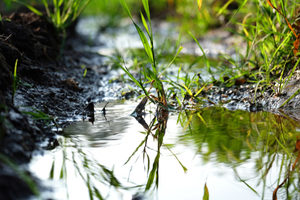 All kinds of pests are attracted to excess moisture. When you overwater your plants, water collects in the soil or on surfaces. Pests will come for that water, and stay to eat your plants.
All kinds of pests are attracted to excess moisture. When you overwater your plants, water collects in the soil or on surfaces. Pests will come for that water, and stay to eat your plants.